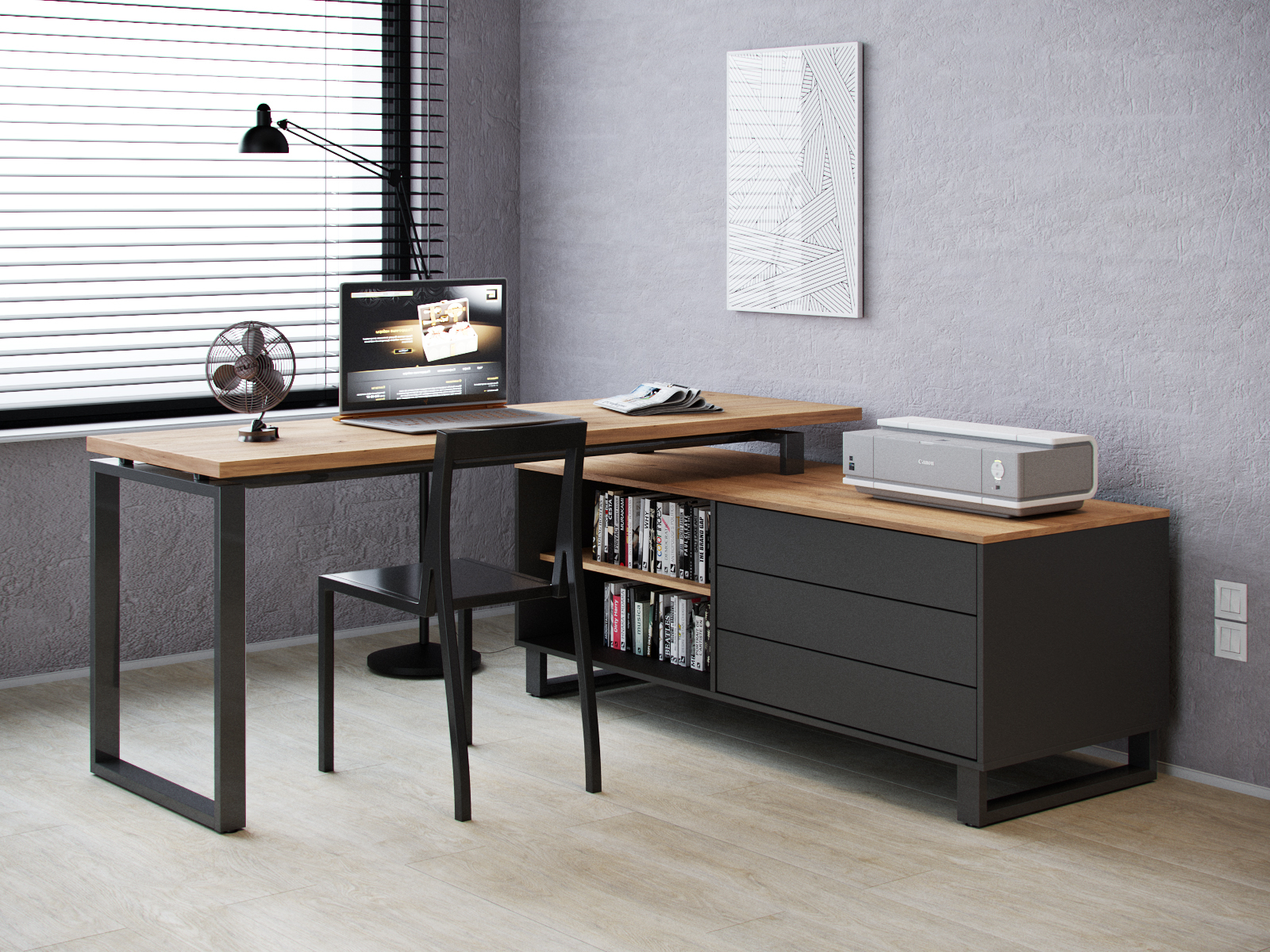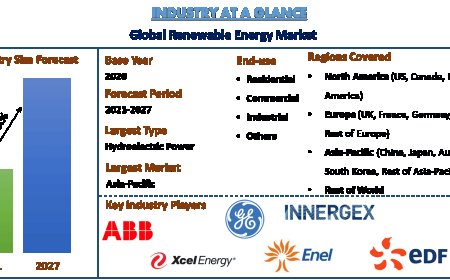Office Table Design: Blending Functionality with Style in Modern Workspaces

In todays fast-paced corporate world, an executive office table is more than just a piece of furnitureit is a statement of professionalism, power, and productivity. The executive office table design plays a pivotal role in shaping the work environment, reflecting the status of the executive, and fostering a productive and inspiring atmosphere. With evolving workplace trends and design aesthetics, selecting the right executive table requires a balance of functionality, ergonomics, and style. Whether youre designing a new office or upgrading an existing workspace, understanding the latest design trends and functional needs is essential to make the right choice.
The Importance of a Well-Designed Executive Office Table
A thoughtfully designed executive office table is central to any corporate office. It serves multiple purposesfrom conducting meetings and reviewing documents to managing day-to-day operations and decision-making tasks. A poor design can lead to clutter, inefficiency, and discomfort, negatively affecting overall productivity. On the other hand, a well-designed executive table can streamline work, offer ample storage, and reflect a sophisticated and professional image. Executives often spend long hours at their desks, so comfort and utility must be a priority. A proper executive office table design ensures that everything an executive needs is within easy reach while maintaining a sleek and organized appearance.
Key Elements of Modern Executive Office Table Design
Modern executive office table designs are a blend of minimalist aesthetics and maximum utility. One of the most important features is ergonomics. The height of the table, the angle of the workstation, and the placement of accessories should promote good posture and reduce physical strain. Contemporary designs often incorporate features like adjustable height, integrated power outlets, cable management systems, and built-in storage.
Materials also play a critical role. While traditional executive tables were often made of heavy wood, modern designs lean toward a mix of metal, glass, and engineered wood to create a more lightweight and modern feel. The use of matte finishes, soft edges, and neutral tones can help create a calm and focused work environment. Moreover, sustainability is becoming a significant factor in furniture design, with many companies now opting for eco-friendly materials and production methods.
Customization and Personalization for Executive Spaces
Every executive has unique preferences and work styles. Customization is a growing trend in executive office table design, allowing companies to create personalized furniture that meets specific requirements. Custom tables can be designed to accommodate various tech devices, provide additional storage, or match a particular office theme or brand identity.
Personal touches like monogrammed drawers, integrated nameplates, or unique textures and color palettes can elevate the overall office aesthetic. Custom tables also allow executives to maintain an optimal workflow by having specific compartments for documents, gadgets, and other essential tools. A personalized design ensures that the desk is not only visually appealing but also highly functional, fostering productivity and enhancing user satisfaction.
Trends in Executive Office Table Design
One of the most notable trends in executive office table design is the emphasis on clean lines and minimalist aesthetics. Todays executive tables are designed to be less bulky and more streamlined, allowing for better movement and more open space in the office. Additionally, sit-stand desks have become increasingly popular, enabling executives to alternate between sitting and standing throughout the day, which helps reduce fatigue and improve focus.
Another growing trend is the use of integrated technology. Executive tables now come with built-in wireless charging pads, USB ports, and smart drawers with biometric locks. These tech-enabled features cater to the modern executive who relies heavily on digital tools to perform daily tasks efficiently.
Color schemes are also evolving. While dark wood and black were once the standards, many offices now prefer lighter shades like ash grey, white, or even natural wood tones. These lighter colors reflect more light, creating a brighter and more inviting workspace. The integration of glass surfaces adds a touch of elegance while maintaining a contemporary feel.
Space Planning and Layout Considerations
Selecting the right executive office table design is not just about aestheticsit also involves understanding the layout and size of the office. Large executive desks may look impressive but can overwhelm a small office space, making it feel cramped. On the other hand, a table thats too small might not provide enough working surface or storage.
Proper space planning is essential to ensure that the desk fits well within the office while allowing ample room for movement, seating, and other furniture like filing cabinets, shelves, or meeting tables. Consider the positioning of the deskexecutives often prefer their desk facing the door for a commanding view of the room. Additionally, natural lighting should be maximized by placing the desk near windows, which boosts mood and productivity.
Balancing Aesthetics and Professionalism
Striking the right balance between style and professionalism is key to effective executive office table design. The table should reflect the executive's personality without appearing too flashy or informal. A classic wooden table with modern detailing can convey authority while maintaining an approachable vibe. The design should also complement the overall interior dcor of the office, creating visual harmony and a cohesive look.
Accessories such as leather desk pads, designer chairs, and elegant lighting fixtures can enhance the overall presentation. However, it's crucial not to overcrowd the workspace. A clutter-free, organized desk exudes professionalism and sets the tone for efficiency and discipline in the workplace.
Choosing the Right Supplier or Manufacturer
When investing in an executive office table, choosing the right supplier is just as important as selecting the right design. Look for reputable manufacturers who specialize in ergonomic and high-end office furniture. Its advisable to explore portfolios, read reviews, and request customized solutions when needed. A reliable supplier will offer expert advice on materials, dimensions, and layouts, ensuring that the final product meets your expectations.
Also, consider after-sales services such as installation, warranty, and maintenance support. Many premium brands offer long-term warranties and the option for upgrades, which adds value to your investment. Ask for a sample or virtual preview if you're ordering online, as this helps visualize how the desk will look and function in your space.
Conclusion
The modern executive office demands furniture that combines elegance, efficiency, and ergonomic excellence. The executive office table design is a vital component in shaping the workspace environment, supporting productivity, and portraying a refined corporate image. From customizable layouts and tech integrations to eco-friendly materials and minimalist styling, the choices today are more diverse and functional than ever before. Whether you are redesigning a workspace or setting up a new office, investing in a well-crafted executive table is a step toward long-term professional success. For those seeking quality and aesthetics in office furnishings, office furniture offers premium solutions that align with todays design standards and workplace needs.





































